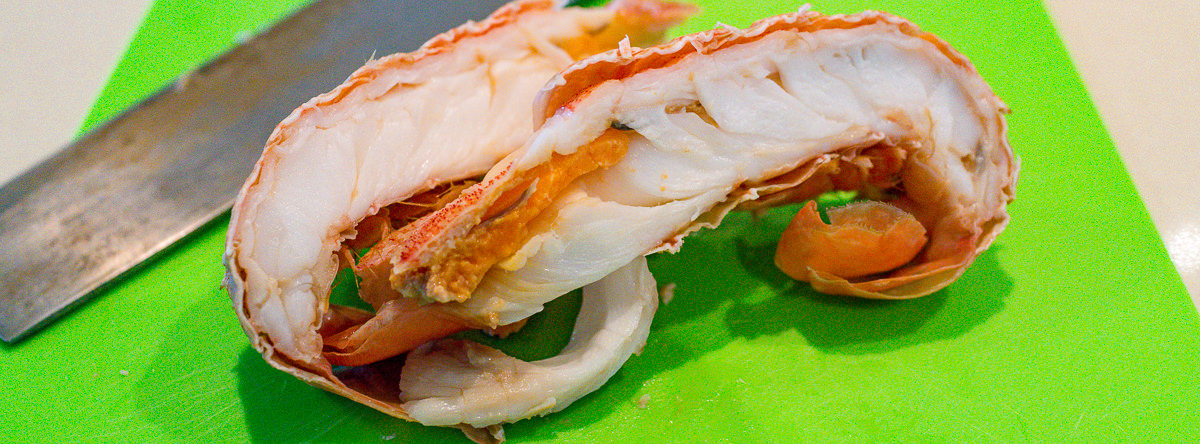Dear Reader,
It’s a cool, overcast Saturday during Easter. Good Friday was spectacular. I attended a most moving church service in the morning. In the evening, I enjoyed a piece of ribeye steak.
Today, I’m grateful to Lorraine from Not Quite Nigella for this recipe. I’ve modified it by using a pressure cooker, because unlike Lorraine, my cooking is more about “speed and power”.

Recipe
Equipment
- Pressure cooker
- Saucepan
Ingredients
- 50 mL olive oil
- One stalk celery
- A diced carrot
- One small onion, chopped
- One clove of garlic, chopped
- 200 g canned Borlotti beans
- 200 g canned lentils
- 750 mL vegetable stock
- 100 g crushed canned tomatoes
- Fresh rosemary, to taste
- 2–3 teaspoons curry powder, to taste
- Salt to taste
Instructions
- Add the oil into a high-sided saucepan, then add the chopped celery, carrot, onion and garlic clove.
- Sauté together over medium heat. When the onion has become translucent, add in the curry powder and rosemary leaves.
- Pour in a little stock to remove the fond from the saucepan and then decant to the pressure cooker.
- Add all the legumes, tomatoes, stock, and mix with a wooden spoon.
- To add some extra kick, grind some rock salt and whole peppercorns with a pestle in a mortar, and add to the pressure cooker before sealing the lid.
- Cook under pressure for about 30 minutes.
- Allow the pressure to equalise naturally and open the lid.
- Spoon into a bowl.
- Give thanks to the Lord.
- Eat with a spoon and some buttered bread. I use Bürgen 85% lower carbohydrate, high protein, whole grain and whole seed bread spread with Flora ProActiv® spread.
Thoughts on the meal
I anticipate this will become a favourite soup. It’s delicious and easy to make. I also expect my bowel microbiota will benefit too, especially those bacteria which produce gas from glucose and the lactose fermenters. Lactose fermentation isn’t so much about milk and dairy products, but lactose is a common energy source in agar plates used diagnostic bacteriology. The end result is carbon dioxide and methane and other gases.
What I’ve been reading and listening to lately
I mentioned a few weeks ago that I’d started listening to a new book series, viz., Monroe Doctrine. I’m currently in volume VI and World War III is in its advanced stages with the final push to defeat the People’s Republic of China and liberate the Republic of China. The amount of technical detail in this book series is tremendous, especially the descriptions of how artificial intelligence is being exploited to overcome obstacles and supercede the limitations of human capabilities. In volume VI, there is a strong Australian component as part of a NATO force used to assist the US Marine Expeditionary Force in its mission to liberate ROC from PRC.
In terms of podcasts I’m in a rich seam of listening to two well regarded evangelical pastors who are both well known for their teaching and preaching. I’m currently listening to Dr David Martyn Lloyd-Jones preach through Ephesians 6:10–14, and Dr Tim Keller getting through a series rooted in the period of lent.
What else have I been doing?
I’ve been thinking about replacing my non-stick cookware with alternatives. I have a couple of stainless steel frying pans and saucepans, but my daily frying pan is a nonstick Pyrolux fry pan. I’ve also got one cast iron fry pan which is useful for searing steak. While the cast iron pan is nicely seasoned, it’s a bit small in diameter for my daily requirements. While the Pyrolux fry pan has been good and relatively long lasting, I know it will not keep a nonstick surface forever. The beauty of a carbon steel pan is the development of a polymerised oil layer which provides a “natural” nonstick surface. A good quality carbon steel pan will outlive me.
I was watching an American Test Kitchen video on YouTube and took note of a review they did on carbon steel cookware. I decided to buy a Matfer sheet pan. It was pretty easy to initially season with potato peels, salt, and oil. I’ll use this pan every morning for my egg and spinach breakfast.




Photographs

































